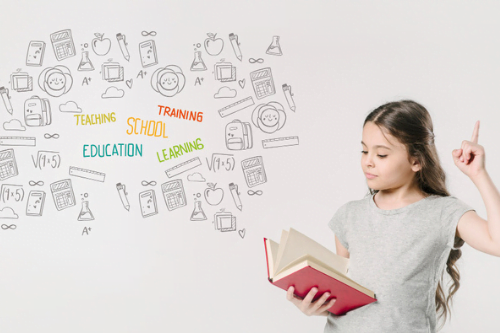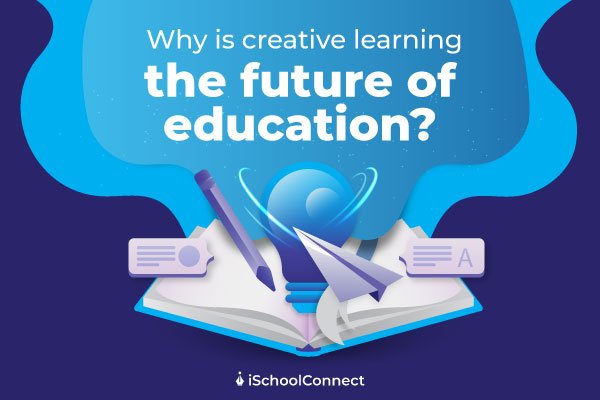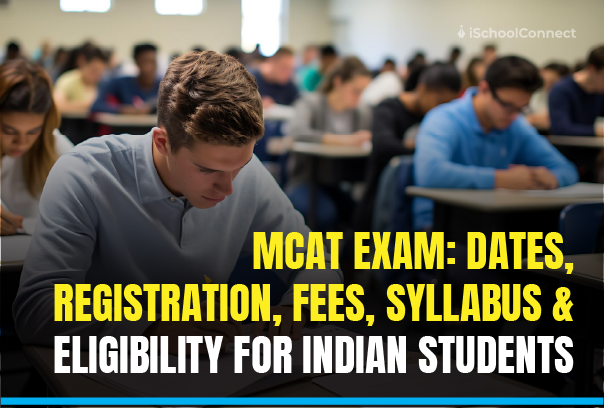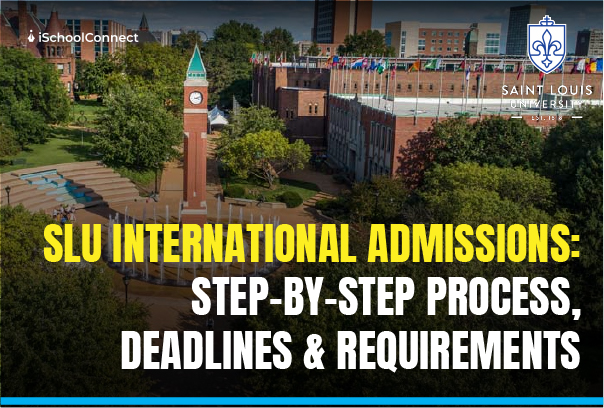Table of Contents
Using creative ways, students may gain knowledge and build abilities. Creative learning uses creative approaches to lead learners through the educational process, rather than defining how knowledge is acquired.
Rather than dictating how knowledge is received, creative learning uses innovative approaches to lead students through the learning process. Therefore, encouraging creative thinking is an important part of positive education. The purpose of this blog is to introduce and discuss the factors involved in creative learning.
But first, let’s define our central concept.
What is creative learning?

Creative learning calls into question what is clear, usual, and accepted. It’s about breaking free in certain ways. We aren’t, however, pushing boundaries for the sake of breaking them.
No! We are breaking new ground for good reasons, like efficiently constructing a comprehension framework.
The following is a list of some of the most well-known creative learning techniques-
- Hypothetical situations
- Experimentation (exercises or games)
- Analogies and metaphors
- Discussions and brainstorming sessions
- Story narrations
Let’s look at an example of story narration, one of the most used creative learning methods.
Storytelling is a form of creative learning that makes it more appealing and engaging. This way, the stress from the learning process is relieved thereby enhancing the learners’ attentiveness.
It is the art and science of strategically mapping out the information and emotional touchpoints in your learning experience. It helps you to maximize retention, creates unwavering attention, and quite literally creates learning experiences that mimic the flow of human development.
Before we get into how, it is important to understand why.
What makes an intriguing story?
Consider something, an object or souvenir, that holds sentimental significance for you.
Do you recall the exact moment you purchased it and how you felt, with all of the sensory details?
Do you have any idea why?
Because long-term memory is aided by emotions linked with knowledge. Learners’ attention is enhanced when they have long-term memory!
Emotions drive us to pay attention, and attentiveness compels us to learn.
Now, what exactly is an emotion?
Emotions vs Feelings
These two nouns are not the same. Emotions are physical responses to stimuli that awaken our senses. Feelings, on the other hand, are both physical and mental. Because of our feelings, we pay attention to and interact with the environment around us.
Emotions can be used to our advantage. We all know that particular emotions elicit specific responses. And we all know that emotions give rise to feelings, which make us pay attention.
So, you may ask what is the relation between emotions and what do you need to keep your audience/learners interested?
Creative learning is fueled by emotions.
All you have to do is elicit emotions to get your learners’ attention. You can do it with stories as well! Emotions govern us, and stories elicit emotions.
Appeal to the six primary emotions—anger, disgust, fear, pleasure, sadness, and surprise—to make a learning experience engaging and keep learners focused.
Keep them in that attitude by encouraging feelings like curiosity, joy, or amusement once you’ve gotten their attention and they’re receptive to learning.
Therefore, narrating a compelling story is a way of incorporating emotions into a creative learning experience.
Let’s look at why creative learning is important now that you have a general knowledge of it.
Why is creative learning important?
Creative learning experiences elicit strong responses from students. Learners retain knowledge and develop their comprehension for longer when they participate actively in the process. That, however, is only the start. Learning in a creative method accomplishes a lot more, such as-
Problem-solving is stimulated
As a result of creative learning opportunities, learners’ perceptions of problems evolve. They become more inventive and imaginative.
The very first step is visualizing alternatives or possibilities from many viewpoints. They can foresee and overcome challenges because of this adjustment in viewpoint.
Encourages critical thinking
Learners provide novel answers and ideas. Then they assess how far they’ve progressed in putting them into practice and make changes to enhance the process.
Motivates to take risks
Students experience failures when they participate in creative learning. They can make decisions, and some of them will fail to provide results.
Creative learning, on the other hand, provides a secure setting in which students may take risks and experiment with a variety of outcomes. Accepting “failure” helps kids take greater risks while reducing their anxiety.
Encourages an inquisitive mindset
Creative learning solutions are unconventional. The unconventional learning approaches piqued learners’ interest in the process and material, which also encourages quick learning. Curiosity and discussion are stimulated by new ways of learning, which leads to fascinating discoveries.
Boosts self-confidence
Boost your confidence through creative learning strategies. Learners are more inclined to put what they’ve learned into practice without hesitation.
Simple creative learning solutions you can embrace

- Think how you might be able to intensify your current problem: Just imagining the worst-case scenario might help you come up with new resolutions
- Consider how to make your situation more manageable: This is the inverse of pondering how you may intensify your ongoing predicament, yet it operates in the same manner. You eliminate limits from your problem-solving approach and evaluate options thoughtfully. Finally, you make a decision and carry it out.
- Continue to ask more questions: Brainstorming is the process of developing new ideas. Creating questions, on the other hand, is more effective. You will be able to dig deeper into your problem and challenge your assumptions as a result of doing so. This might help you come up with a lot of different options.
Read more: The Future of University Enrollment
Key takeaways
- Creative learning has changed the perceptions of educational institutes about education and learning.
- It holds true in every situation where people are learning.
- It also encourages learners to learn for the rest of their lives by encouraging them to think creatively.
- Those who indulge in creative learning are more likely to-
- Accept the perspectives of others with an open mind.
- Inquire thoughtfully.
- To overcome difficulties and innovate, use creativity and perseverance.
- Adapt to adversity.
- Accept uncertainty with courage
Did you like this blog? If yes, drop your thoughts in the comments below and share your views. If you want to learn more about studying abroad, just get in touch with us!
Liked this blog? Read: Time-saving tips for everyone who feels time flies by quickly
FAQs
What is the definition of creative learning in the classroom?
It is when students can use their imaginations and critical thinking skills to generate new and significant forms of ideas; they can take chances, be self-reliant, and be flexible.
What are the benefits of innovative learning for students?
Creativity belongs in many areas of life, not just in children’s games and extracurricular activities. It engages all of your senses and generates previously undiscovered information. Students of all ages should learn by creating since it aids in integrating information and adds joy and significance to their educational experience.
What are some ways to inspire students to be more creative?
Some ways to be more creative are-
- Journaling
- Practice mindfulness
- Brainstorming sessions
- Gamification
- Encourage risk-taking
- Spend time outside the classroom
- Encourage students to lead
- Make use of visual aids as necessary






